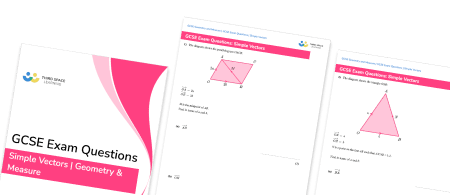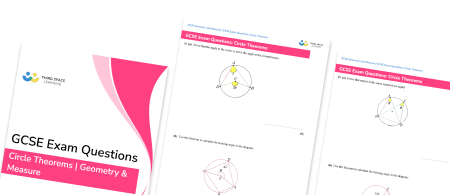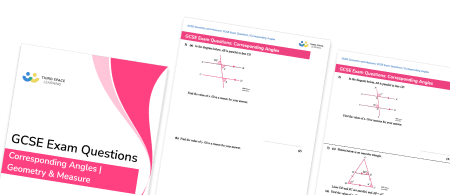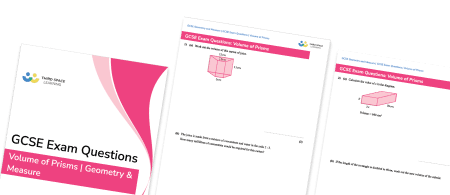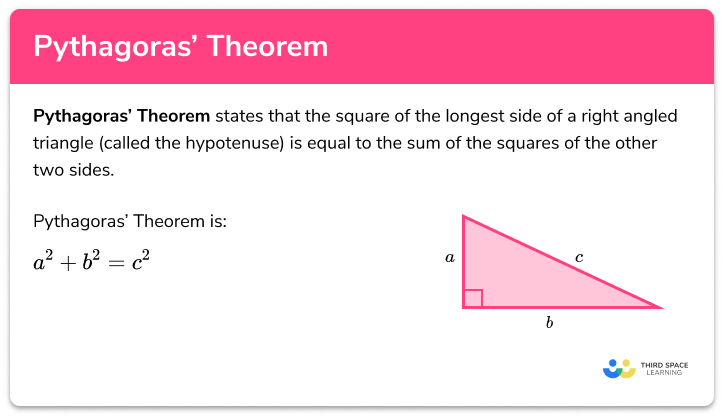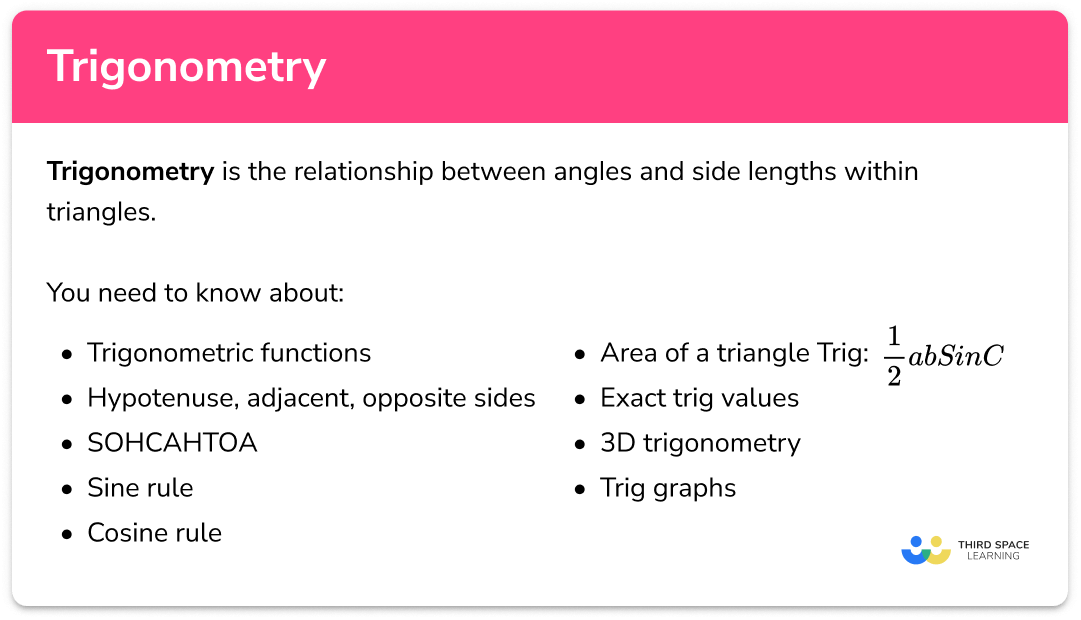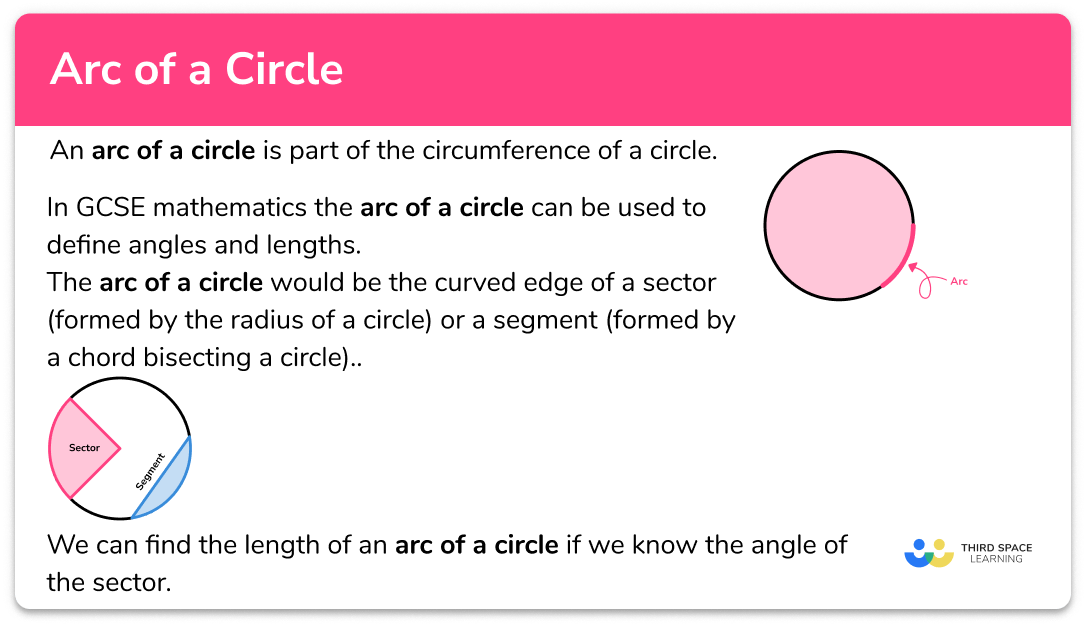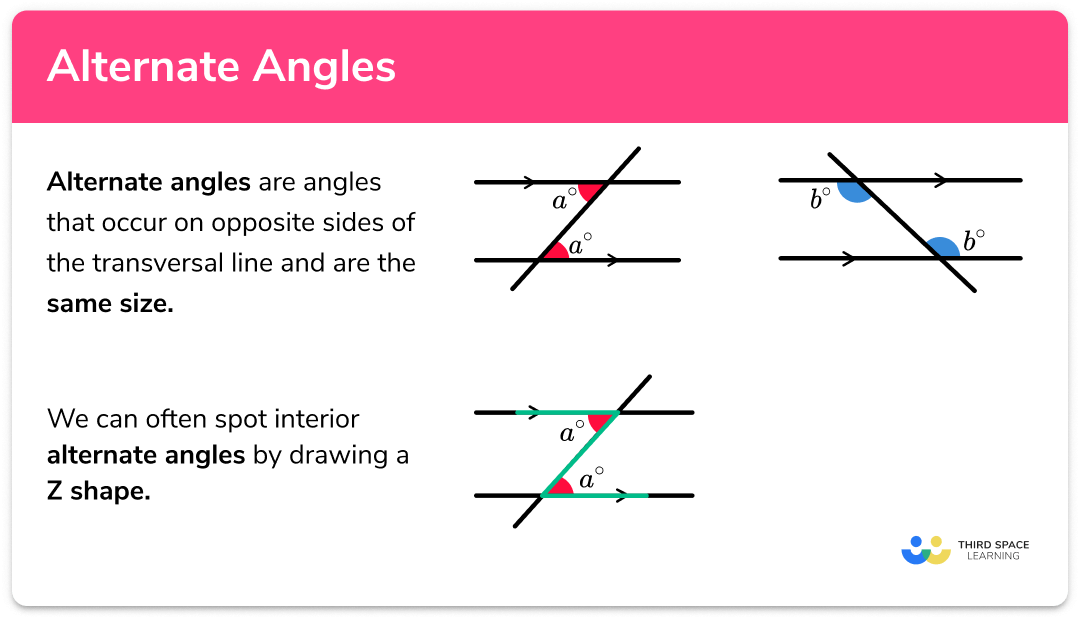FREE DOWNLOAD
Area Worksheet

Help your students prepare for their Maths GCSE with this free area worksheet of 44 questions and answers
- Section 1 of the printable area worksheet contains 36 skills-based area questions, in 3 groups to support differentiation
- Section 2 contains 4 applied area questions with a mix of worded problems and deeper problem solving questions
- Section 3 contains 4 foundation and higher level GCSE exam style questions
- Answers and a mark scheme for all questions are provided
- Questions follow variation theory with plenty of opportunities for students to work independently at their own level
- All questions created by fully qualified expert secondary maths teachers
- Suitable for GCSE maths revision for AQA, OCR and Edexcel exam boards
- Other worksheets for topics on area, such as areas of a triangle, rectangle, square, parallelogram, and compound shapes, are also available
Area at a glance
Area is the amount of space covered by a 2D shape and is measured in square units.
In the simplest cases area can be found by counting the centimetre squares covered by the shape. For the area of irregular shapes involving part-squares, a useful rule for estimating the area is to count all the part-squares which cover half or more of the square centimetres in the shape.
To work out the area of a rectangle, we use the formula length width. The formulae for the area of triangles and the area of parallelograms follow from this. The formula for the area of trapezoids or trapeziums involves adding together the parallel sides, multiplying by the height and dividing by two.
The area of rectilinear shapes (shapes with straight sides and right angles) can be found by splitting the shape into rectangles and finding the area of each one.
It is important to be confident working with decimals and fractions for this topic, in addition to integer lengths and dimensions. Students may also be asked to apply multiplication of fractions to the area of 2D shapes.
When tackling word problems, students are frequently asked to apply these skills to problems such as finding the area of a room or garden space, and then applying additional skills such as calculating a cost to cover or pave that space.
Students can often confuse the perimeter of rectangles and other shapes with finding the area of a rectangle or other shapes. One useful strategy could be to separate these topics in a scheme of work.
Looking forward, students can then progress to additional area worksheets and other geometry worksheets, for example an angles in polygons worksheet or area and circumference of a circle worksheet.

For more teaching and learning support on Geometry our GCSE maths lessons provide step by step support for all GCSE maths concepts.
Do you have students who need additional support?

With Third Space Learning's secondary maths tutoring programmes, students in Year 7-11 receive regular one to one maths tutoring to address gaps, build confidence and boost progress.
"My confidence in the tutoring is high. We've had some phenomenal results. I even had one girl get a Grade 8 this year; she came to every tutoring session."
Stacey Atkins, Maths Director, Outwood Grange Academies Trust

